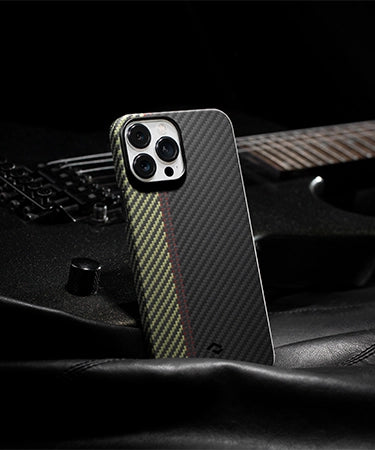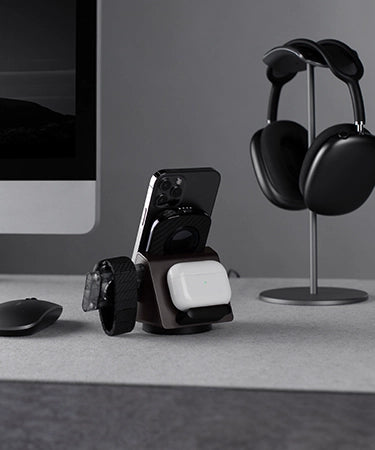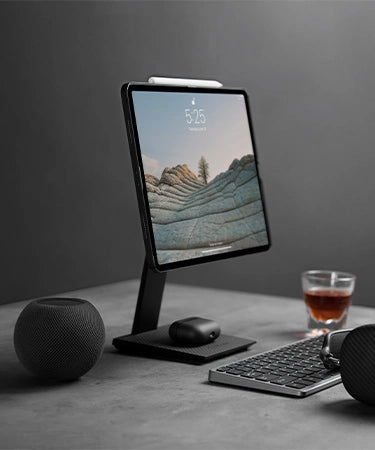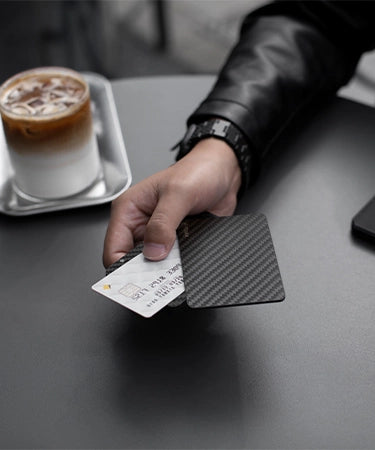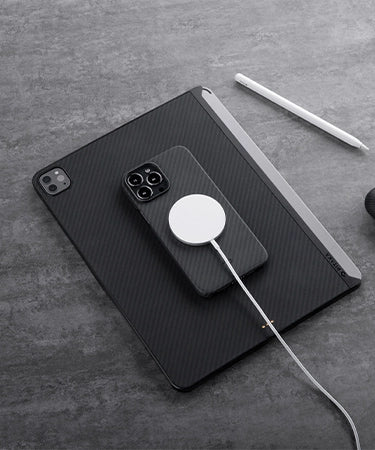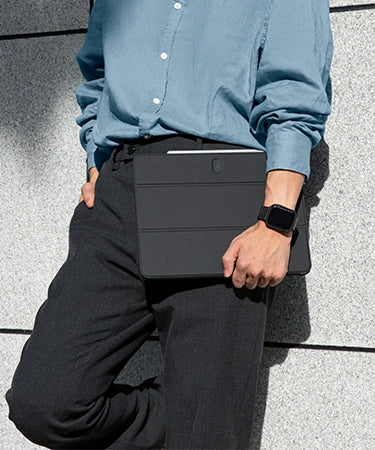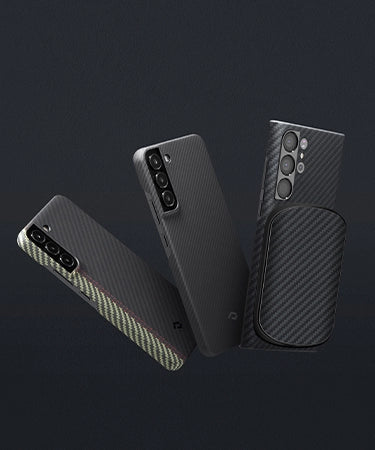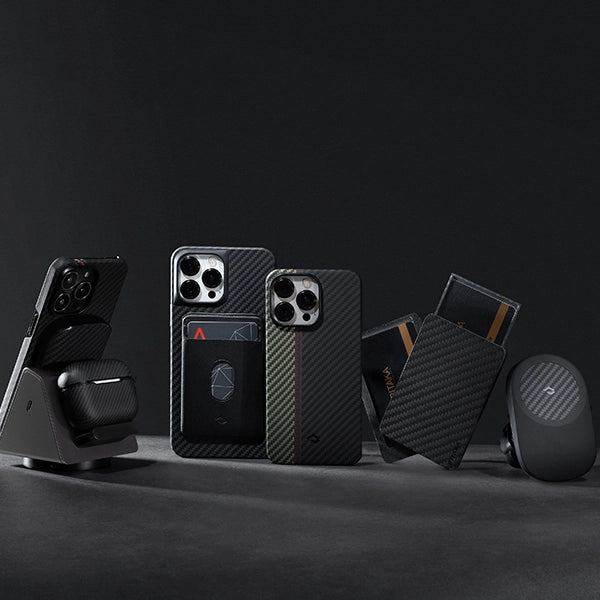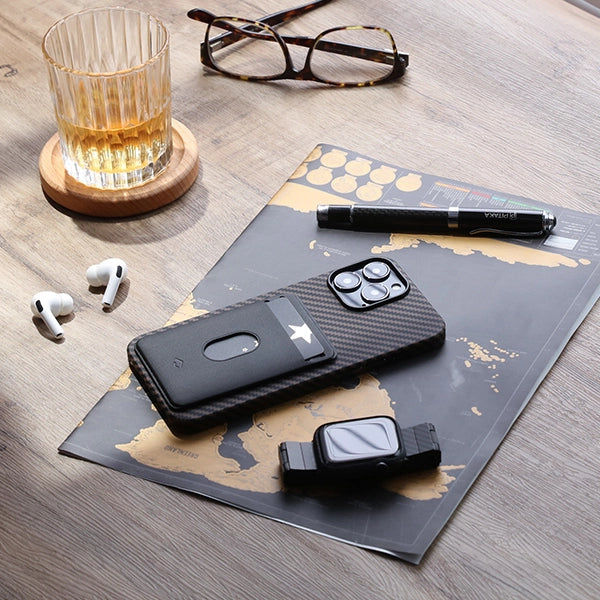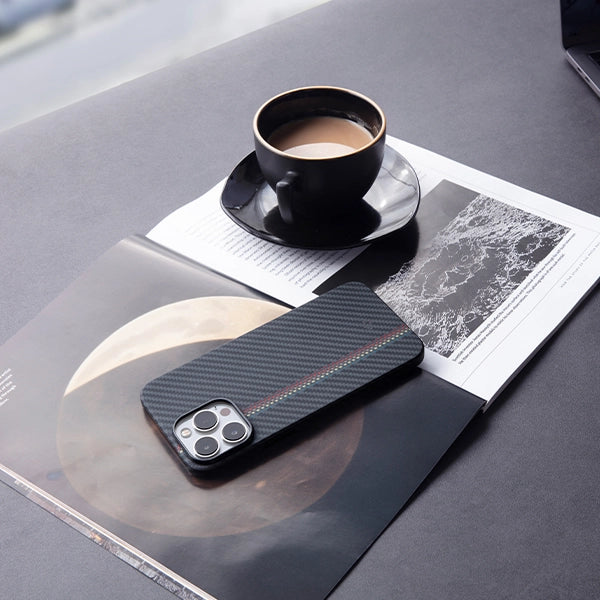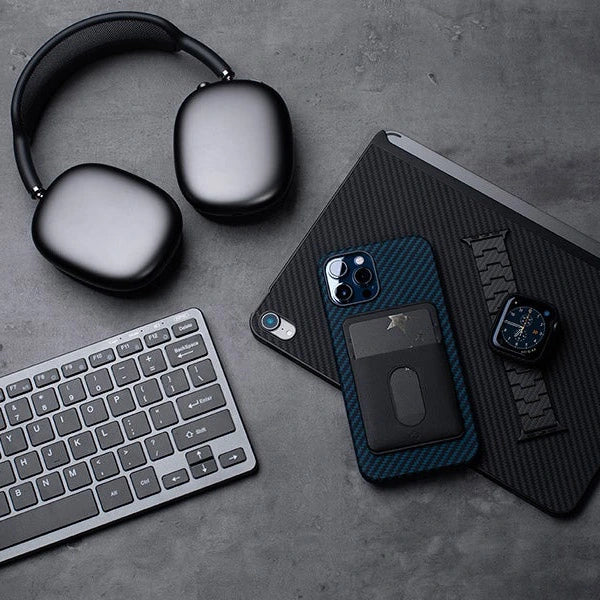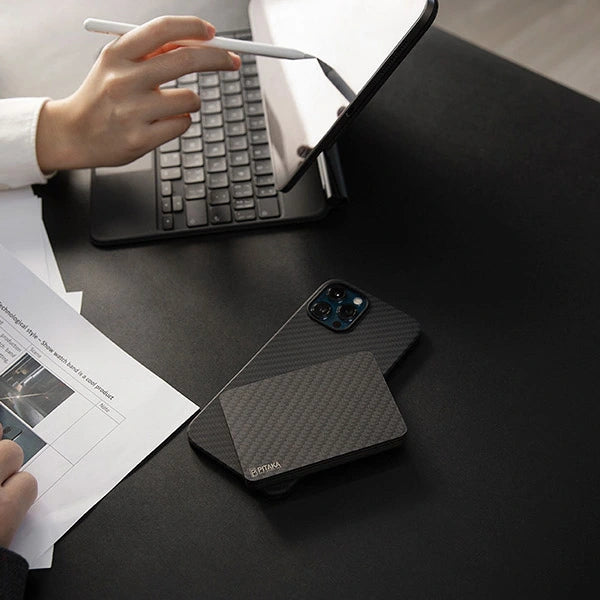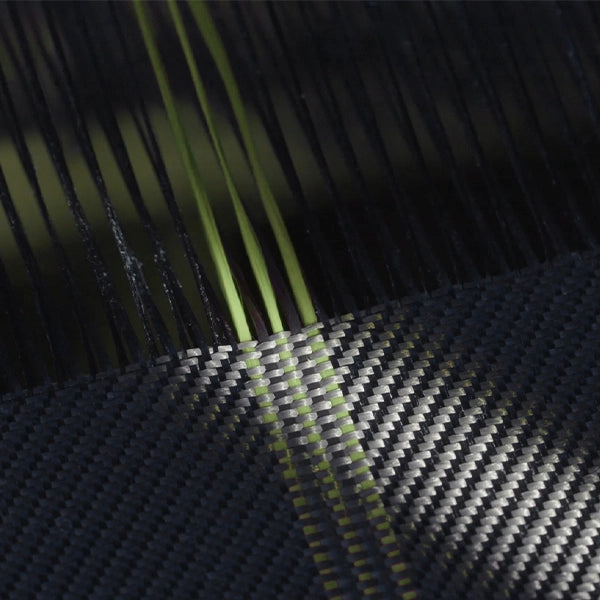— A cost-benefit analysis on exploring the best protection for my iPhone 7

Well, after reading my last article, you have a certain concept of so-called military grade protection phone cases. However, some of you may point out it at least provides one of the best protection. To a certain extent, it is true. Then, think about it, is it the best phone case you need? Today, I will mainly discuss this aspect.
Economics tells us that all decisions are based on the analysis of costs and benefits. I happened to have learned a little Economics, so I intend to use CBA (cost-benefit analysis) to work out the best mobile phone cell protection solutions, including:
- Go naked;
- Thick MIL-STD case; (MIL-STD cases are usually thick, and I never see any thin MIL-STD case. So I just consider all MIL-STD cases are thick here)
- PITAKA aramid case; (The PITAKA aramid case is a typical slim case with a profile 0.65mm and 10g weight. Personally it is my best favorite case for iPhone. But I will analyze the benefits from the view of economics.)
It is simple and logic: it is a better decision if you: 1) gets more benefits; 2) paid less costs.
So I will do analysis from following factors: costs VS benefits value.
The costs of phone case can be easily identified: firstly, it adds bulk; secondly, it costs money.
The benefits of phone case are also clear: protection, resale value and individuality.
So which type of phone case do you want? It is easier to make a right decision when you compare the costs & benefits of different brands.
One thing to add, when comparing the benefits of various phone cases, it was difficult to quantify the value of individuality, and the resale value is more relied on other conditions. To avoid perplexing, so let's focus on the protection only when talking about the benefits value.
Part 1. Calculating Costs of Phone Cases
As I mentioned above, when talking about the costs of phone cases, it means more than the price you paid for the case. It also includes your scarification for the protection, like the added bulk, the loss of aesthetics, the loss of ease to use your phone, etc.
Added Bulk: This is the most obvious reason, and doesn't really require a lot of explanation. A case is going to add more bulk to your phone, plain and simple. The thicker the phone case it is, the worse it feels. Plus, thick cases also make it harder to slip into your pocket.
Loss of aesthetics: You cannot deny that the bulkier a phone case is, the more beauty loss of your phone. Besides, a lumpy design usually bears an awkward looking. Personally for me, bulky cases are all ugly.
Loss of ease: Bulky size makes your phone become uneasy to fit in your pocket. It may increase burden to your routine journey as well. What's more, bulky case usually covers up buttons of the phone. That makes even harder to push the buttons.
All above points are negative feelings resulted from bulky cases. It is a depreciation of user experiences. I named it "DUX". So the cost you paid for a phone case can be illustrated as an equation as below:
Total Costs = Case Cost + Depreciation of User Experiences (Shorten as DUX in the following)
The cost of case is obvious. To ensure a justified result and case quality, I set the cost at $40 for both the slim PITAKA aramid case and the MIL-STD case.
While to convert the costs of "DUX" into a common currency is not that easy. Fortunately, we learned from math that:
If X = Y, and Y =Z, So X = Z.
Math is everything! Now with this equation, we have a solution to quantify the DUX.
Now is the turning point: assuming you don't have a phone at the moment. And you are so lucky that you win a phone for free. But you have two options from where you have to pick up one:
Option NO.1, A naked iPhone 7, but with scratches;
Option NO.2, An iPhone 7 without scratches, but with a thick MIL-STD case, and you are NOT able to remove the case forever.
So which option will you take? Of course, if the naked iPhone7 are seriously scratched, you will definitely pick up option NO.2.
But what if it is a naked iPhone 7 with LITTLE scratches?
Probably, you will be shilly-shallied, just like me. What does it mean?
It means the DUX from such scratches, is equivalent to the DUX from a Thick MIL-STD case!
Then we have this: the cost of removing the thick MIL-STD phone case (X) is equal to the costs of removing the scratches (Y), and it is X =Y.
Congrats! We are almost there. Now ask yourself this question:
How much you can afford for removing all the little scratches for a new iPhone 7 (Y=Z)?
For me, personally I can afford an $80 (Z=$80) to do that. Though I believe it all depends on your personal expectations. But I insist an $80 for removing all scratches from body of iPhone 7 is reasonable. Don't forget iPhone 7 costs about $650.
That means, for me, the cost of DUX for using a thick MIL-STD case (X) is $80 (Z).
On the other hand, how much is the DUX for PITAKA aramid cases?
The answer is, ZERO.
Why? Check the features of PITAKA aramid phone case:
Weight: 8~10g, probably the lightest on Earth.
Thickness: 0.65mm profile.
Unique 3D Grip.
Yes, it hardly adds any bulk at all. You don't even feel any weight increase to your iPhone (in fact, the unique coating of PITAKA Aramid case provides you with an even better grip and they call it 3D Grip). Fairly speaking, the DUX of PITAKA aramid case is 0!
Then we can convert the monetary value of costs and it's shown as below table;
Cost Analysis
| Go Naked | a PITAKA Aramid Case | an MIL-STD case | |
|---|---|---|---|
| Price | $0 | $40 | $40 |
| DUX | $0 | $0 | $80 |
| Total | $0 | $40 | $120 |
Part 2 Determine the benefits of Phone case
When talking about MIL-STD phone case, the benefits are mainly from protection. You are mainly protected from two aspects when using a phone case:
- protection from scratches.
- protection from drops.
Logically, all cases protect phones from scratches. So I assume all cases reward you value of anti-scratch. Like above mentioned in cost analysis, I would afford an up to $80 for removing scratches from my iPhone. So the value of anti-scratch will be $80 for me.
About drops. Look, no matter how careful you are, gravity is just stronger than you. You'll probably drop your phone. To be easier, let's say you have a 50% possibility of drops. That is:

If you are real people like me, you drop your phone probably at common occasions like texting while walking, taking your phone out from your pocket, pushing a trolley with your phone at hands etc. Under most of those occasions, you drop your phone from a common height onto a common ground (like, the wood floor, asphalt pavement, cement concrete pavement etc.). And we call such drops as "common drops".
On the other hand, you may drop your phone on rocks when climbing a mountain. Your phone may just slip away when you texting at your balcony. We name such drops as "severe drops" as it has a very big chance to damage your phone.
Now imagine. How big chance will you have severe drops of your phone? For most of us, I doubt it is less than 10%. That is:

Then let's analyze the performance of PITAKA aramid phone cases and thick MIL-STD cases in case of "common drops" or "severe drops":
For common drops, let's say, a slim PITAKA aramid case has a half chance to save your phone. But for an MIL-STD case, it is 100%. That is:

How much you'd afford for recovering damages from common drops? Of course it can be vary depending on how worse the damage is. It can be $10 for small pits, or $100 for worst situation. Let's just use $50 as the average. So, for me:
- The value of a slim PITAKA aramid case for common drops: $50*50% (a half chance)=$25
- The value of an MIL-STD case for common drops: $50*100%(100% protected)=$50
How about the 10% chances of severe drops? Assuming a slim case has no chance to save your phone when dropping from your balcony. But for an MIL-STD case, it still has a half of chance to save it. That is:

So:
- The value of a slim PITAKA aramid case here: $50x0%(no chance to save your phone)=$0
- The value of a thick MIL-STD case here: $50*50%(a half chance to save your phone)=$25
Then in summary, benefits value of phone cases from protection can be quantified as the table below:
Benefit Analysis
| Naked without case | a PITAKA Aramid Case | an MIL-STD Case | |
|---|---|---|---|
| Anti-Scratches | $0 | $80 | $80 |
| Saves from Common Drops | $0 | $25 | $50 |
| Saves from Severe Drops | $0 | $0 | $25 |
| Total Benefits Value | $0 | $105 | $155 |
Part 3 Comparative Analysis
Now we have costs and benefits value for all. We can compare everything in the table as below:
| Naked without case | a PITAKA Aramid Case | an MIL-STD Case | |
|---|---|---|---|
| Costs | $0 | $40 | $120 |
| Benefits | $0 | $105 | $155 |
- For a naked case: $0-$0=$0 Comment: You paid nothing for protection and you get no benefits above mentioned.
- For a thick case: $155-$120=$35 Comment: You paid on average $120 for an MIL-STD case, and you get $155 value of protection.
- For a slim case: $105-$40=$65 Comment: You paid on average $40 for PITAKA aramid case, and you get $105 value of protection.
We can reach to our conclusion that 3 > 2 > 1.
See? Math is everything! And it is obvious that PITAKA aramid case should be my primary option.
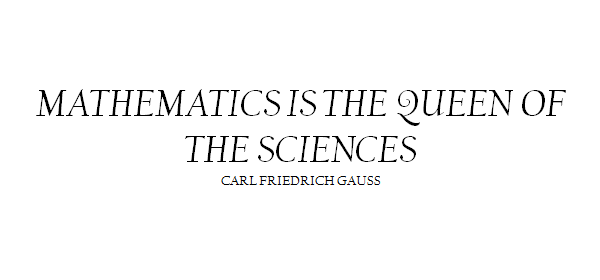
Remarks: we did not mention about following points:
- The PITAKA aramid case has a 3D grip that decreases the chance of dropping;
- I did not calculate the benefits from aesthetics. PITAKA aramid case allows you an ultimate style, essentially beauty. Actually it is one of the main proprietary benefits of PITAKA cases.
